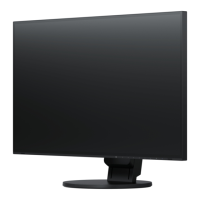
Do you have a question about the Eizo FlexScan EV2785 and is the answer not in the manual?
| AC input voltage | 100 - 240 V |
|---|---|
| AC input frequency | 50 - 60 Hz |
| Energy efficiency scale | A to G |
| Power consumption (max) | 162 W |
| Power consumption (standby) | 0.5 W |
| Power consumption (typical) | 27.7 W |
| 3D | No |
| Pixel pitch | 0.155 x 0.155 mm |
| Screen shape | Flat |
| Response time | 14 ms |
| Display diagonal | 27 \ |
| Display technology | LED |
| Native aspect ratio | 16:9 |
| Viewable size, vertical | 335.7 mm |
| Display number of colors | 16.78 million colors |
| Viewable size, horizontal | 596.7 mm |
| Display brightness (typical) | 350 cd/m² |
| Supported graphics resolutions | 640 x 480 (VGA), 720 x 400, 720 x 576, 800 x 600 (SVGA), 1024 x 768 (XGA), 1280 x 1024 (SXGA), 1280 x 720 (HD 720), 1280 x 800 (WXGA), 1600 x 1200 (UXGA), 1600 x 900, 1680 x 1050 (WSXGA+), 1920 x 1080 (HD 1080), 1920 x 2160, 3840 x 2160 |
| Power management | Yes |
| USB hub version | 3.2 Gen 1 (3.1 Gen 1) |
| Headphone connectivity | 3.5 mm |
| USB upstream port type | USB Type-C |
| Number of upstream ports | 1 |
| VGA (D-Sub) ports quantity | 0 |
| USB Type-A downstream ports quantity | 2 |
| Certification | CE, CB, TÜV/GS, TÜV/Ergonomics (including ISO 9241-307), TCO Certified Generation 8, EPEAT 2018 (US), TÜV/Blue Low Light Content, TÜV/Flicker Free, RCM, cTÜVus, FCC-B, CAN ICES-3 (B), TÜV/S, PSE, VCCI-B, EPA ENERGY STAR, RoHS, WEEE, China RoHS, CCC, EAC |
| Product color | Black |
| RMS rated power | 2 W |
| Pivot angle | -45 - 45 ° |
| Cable lock slot type | Kensington |
| Tilt down angle range | - ° |
| Number of OSD languages | 9 |
| Panel mounting interface | 100 x 100 mm |
| On Screen Display (OSD) languages | CHI (SIMPL), CHI (TR), DEU, ENG, ESP, FRE, ITA, JPN, SWE |
| Storage temperature (T-T) | -20 - 60 °C |
| Operating temperature (T-T) | 5 - 35 °C |
| Storage relative humidity (H-H) | 10 - 90 % |
| Operating relative humidity (H-H) | 20 - 80 % |
| Sustainability certificates | CB, CCC, CE, China RoHS, EAC, ENERGY STAR, EPEAT Bronze, Federal Communications Commission (FCC), ICES, PSE, RCM, RoHS, TUV, VCCI, WEEE, cTUVus |
| Cables included | AC |
| Harmonized System (HS) code | 85285210 |
| Depth (with stand) | 230 mm |
|---|---|
| Height (with stand) | 545.2 mm |
| Weight (with stand) | 8200 g |
| Depth (without stand) | 50 mm |
| Width (without stand) | 611.4 mm |
| Height (without stand) | 356.3 mm |
| Weight (without stand) | 4900 g |
Read the User's Manual and Precautions carefully for safe and effective usage.
Refer to Setup Guide for installation and website for latest product information.
Warning: Risk of electric shock. Do not open the rear cover.
Ensure the equipment is connected to a grounded main outlet for safety.
Product is adjusted for specific regions; performance may vary outside them.
Product not for life-critical use; warranty may not cover non-specified applications.
Adjust brightness, use screen savers, avoid panel pressure to prolong life and prevent damage.
Reduce brightness, use screen savers, and turn off periodically to maximize lifespan.
Avoid pressure on the panel; dew condensation may occur with temperature changes.
Clean stains with a soft cloth and water; avoid chemicals and abrasive cleaners.
Adjust brightness and take breaks to prevent eye strain and ensure comfortable viewing.
Supports DP Alt Mode and USB Power Delivery for notebook connectivity and device charging.
Supports multi-monitor setups and uses EcoView technology for power reduction.
Utility for convenient monitor control, color mode switching, and multi-monitor management.
Details on ambient light sensor, operation switches, power indicator, and speakers.
Information on input signal connectors, USB ports, headphone jack, and stand features.
Matrix detailing supported resolutions across DisplayPort, HDMI, and USB-C interfaces.
Step-by-step guides for setting resolution on Windows and macOS operating systems.
How to navigate menus, adjust settings, and exit using the monitor's switches.
Procedures for changing display input sources and using Picture-by-Picture (PbyP).
Overview of pre-installed color modes: User, sRGB, Paper, Movie, and DICOM.
Utilizing EcoView functions to reduce power consumption and CO2 emissions.
Explanation of Auto EcoView and EcoView Optimizer 2 for automatic brightness adjustment.
Guide to adjusting screen brightness from 0 to 100.
Guide to setting speaker and headphone volume from 0 to 30.
How to display, adjust, and exit the advanced setting menus.
Adjusting color modes, brightness, contrast, temperature, and gamma.
Detailed explanations for Color Mode, Brightness, Contrast, Temperature, Gamma, Super Resolution.
Settings for Overdrive, Hue, Saturation, Gain, Reset, and Window Selection for PbyP.
Configuring Picture Expansion, Input Color Format, and Input Range.
Configuring Menu Rotation and USB Charge Port settings.
Managing Power Save mode and the Power Indicator status.
Setting audio output for PbyP and performing monitor resets.
Changing menu language and viewing monitor details like serial number and usage time.
How to access, set, and apply settings in the Administrator menu.
Configuring Auto Input Detection, Compatibility Mode, and signal types for USB-C/DP/HDMI.
Settings for HDMI 2 signal, On-Screen Logo display, and locking operation switches.
Troubleshooting steps for power indicator not lighting or showing abnormal colors.
Resolving 'No Signal', 'Signal Error', and 'DP Unsupported' messages.
Fixing brightness issues, blurred text, afterimages, pixel defects, and noise.
Addressing shifted windows, incorrect colors, and incomplete screen displays.
Resolving issues with the setting menu, audio output, and connected USB devices.
Troubleshooting flashing power indicators and PC power saving mode malfunctions.
Guidelines for VESA mounting, clearances, and installation of optional arms/stands.
Step-by-step instructions for removing the original stand and attaching optional mounts.
Procedure for re-attaching the monitor's original stand.
Instructions for detaching and attaching the monitor's cable holder.
Step-by-step guide for attaching the cable cover to the monitor stand.
Instructions on how to detach the cable cover from the monitor stand.
Examples and notes on connecting the monitor to multiple PCs via HDMI, DisplayPort, and USB-C.
How to connect peripherals using the monitor's USB hub and notes on USB 3.1 support.
Details on LCD panel type, size, resolution, and video signal input specifications.
Information on power consumption, dimensions, weight, and operating environmental requirements.
Listing of registered trademarks, font license, and ENERGY STAR compliance statement.
FCC compliance statement for Class B digital devices and Canadian ICES-003 notice.
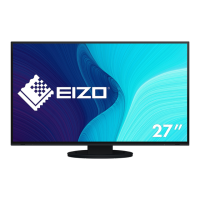
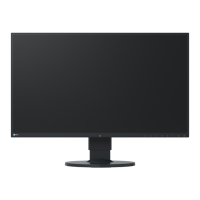
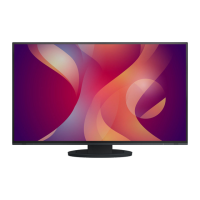
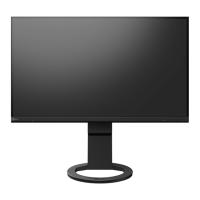
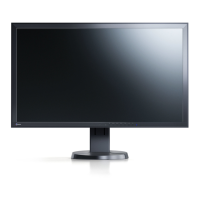
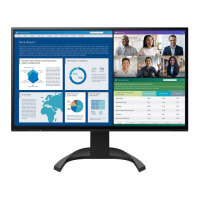
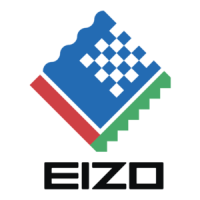
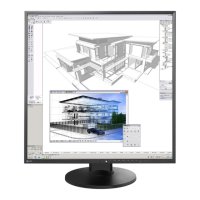
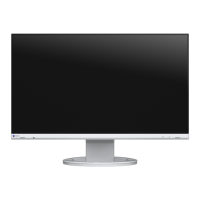
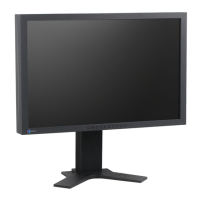
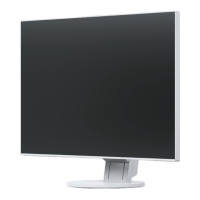
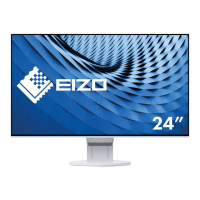
